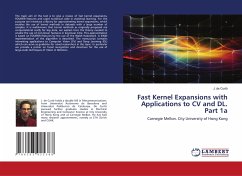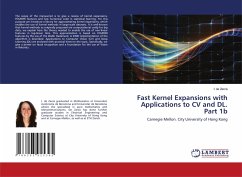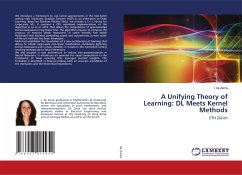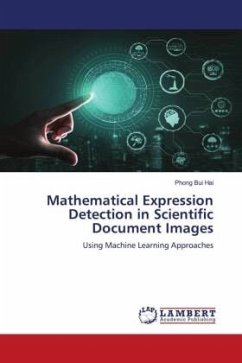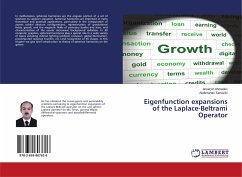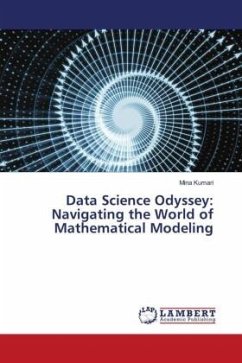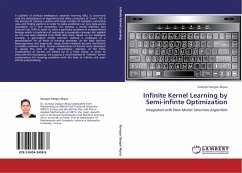The main aim of the text is to give a review of fast kernel expansions, FOURIER features and rapid numerical code in statistical learning. For this purpose we introduce a library for approximating kernel expansions, which enables the use of kernel methods in datasets with a large number of samples. It is well-known that kernel methods as originally proposed are computational costly for big data, we explain here the theory needed to enable the use of non-linear features in log-linear time. This approximation is based on FOURIER features by the use of the Walsh Hadamard. A SIMD implementation of the algorithm is described. The manuscript contains interesting applications to Computer Vision (CV) and Deep Learning (DL) which can serve as guideline for novel researchers in the topic. In particular we provide a primer on facial recognition and directives for the use of large-scale techniques of Vision in Robotics.
The main aim of the text is to give a review of fast kernel expansions, FOURIER features and rapid numerical code in statistical learning. For this purpose we introduce a library for approximating kernel expansions, which enables the use of kernel methods in datasets with a large number of samples. It is well-known that kernel methods as originally proposed are computational costly for big data, we explain here the theory needed to enable the use of non-linear features in log-linear time. This approximation is based on FOURIER features by the use of the Walsh Hadamard. A SIMD implementation of the algorithm is described. The manuscript contains interesting applications to Computer Vision (CV) and Deep Learning (DL) which can serve as guideline for novel researchers in the topic. In particular we provide a primer on facial recognition and directives for the use of large-scale techniques of Vision in Robotics.
The main aim of the text is to give a review of fast kernel expansions, FOURIER features and rapid numerical code in statistical learning. For this purpose we introduce a library for approximating kernel expansions, which enables the use of kernel methods in datasets with a large number of samples. It is well-known that kernel methods as originally proposed are computational costly for big data, we explain here the theory needed to enable the use of non-linear features in log-linear time. This approximation is based on FOURIER features by the use of the Walsh Hadamard. A SIMD implementation of the algorithm is described. The manuscript contains interesting applications to Computer Vision (CV) and Deep Learning (DL) which can serve as guideline for novel researchers in the topic. In particular we provide a primer on facial recognition and directives for the use of large-scale techniques of Vision in Robotics.

